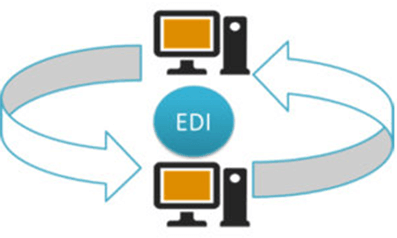EDI Full Form | What is Electronic Data Interchange
What is the full form of EDI
EDI: Electronic Data Interchange
EDI stands for Electronic Data Interchange. It is a computer-to-computer exchange of data or information such as business documents between companies. It involves the use of a standardized format that allows companies send information or documents to another companies electronically without human intervention.

EDI is in use for more than 30 years. There are many EDI standards such as X12, ANSI, EDIFACT, ODETTE. For using EDI, the computer systems of two companies must be able to communicate directly with each other. Furthermore, as there is no human intervention, the companies must follow the same standard format to enable computer systems understand each other and information flowing between them. Generally, the companies that do business together use EDI for fast, accurate and reliable exchange of data.
Benefits
- Speed: The data and information are exchanged in a matter of seconds instead of days or weeks.
- Time-Saving: It eliminates the time-consuming activities such as printing, handling, filing and delivering the documents.
- Accuracy: The human intervention is reduced in EDI that reduces human errors such as illegible handwriting, document mishandling etc.
- Low Cost: It helps companies save money as the expenses related to producing and delivering documents are eliminated.
- CRM: It helps manage relationship with customers by enabling companies respond faster to changing customer need.
- Real-time transactions: Information is exchanged in real-time that allows faster and better decision-making.